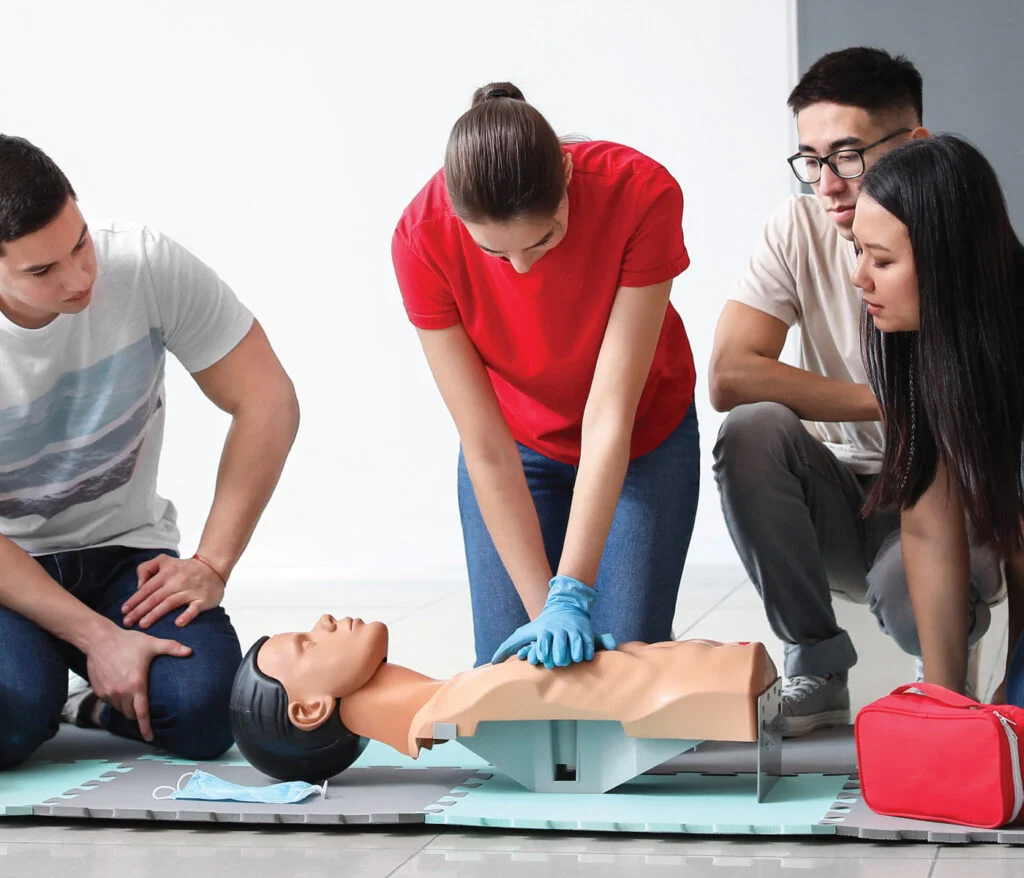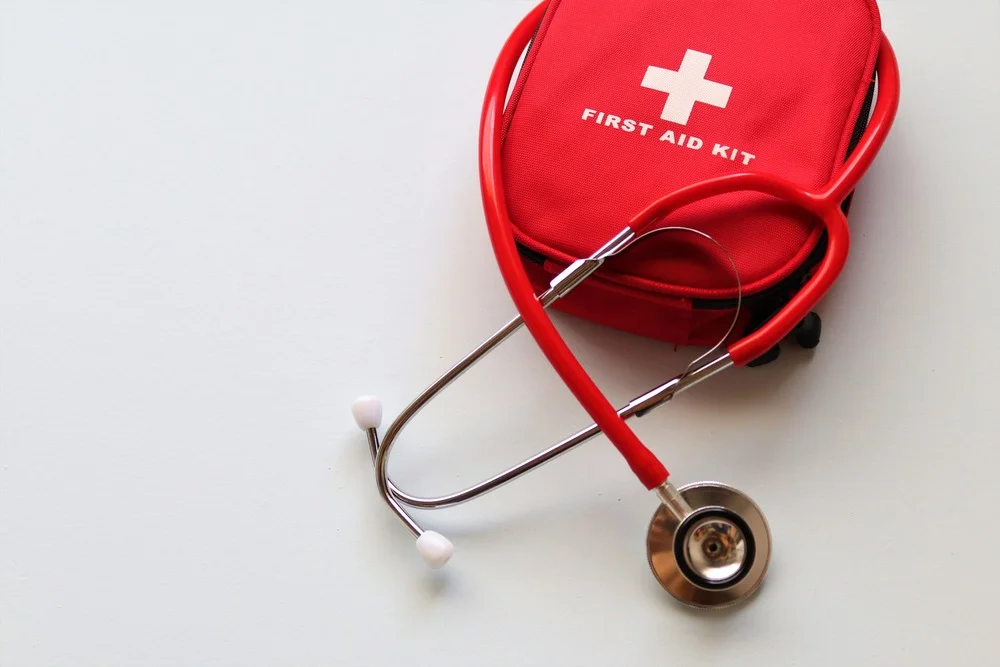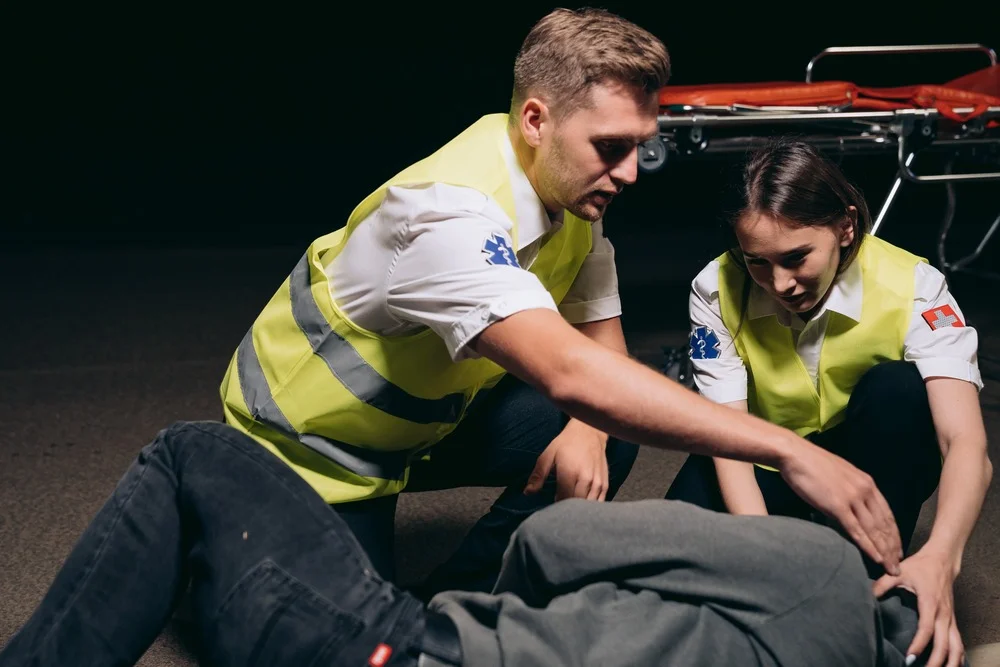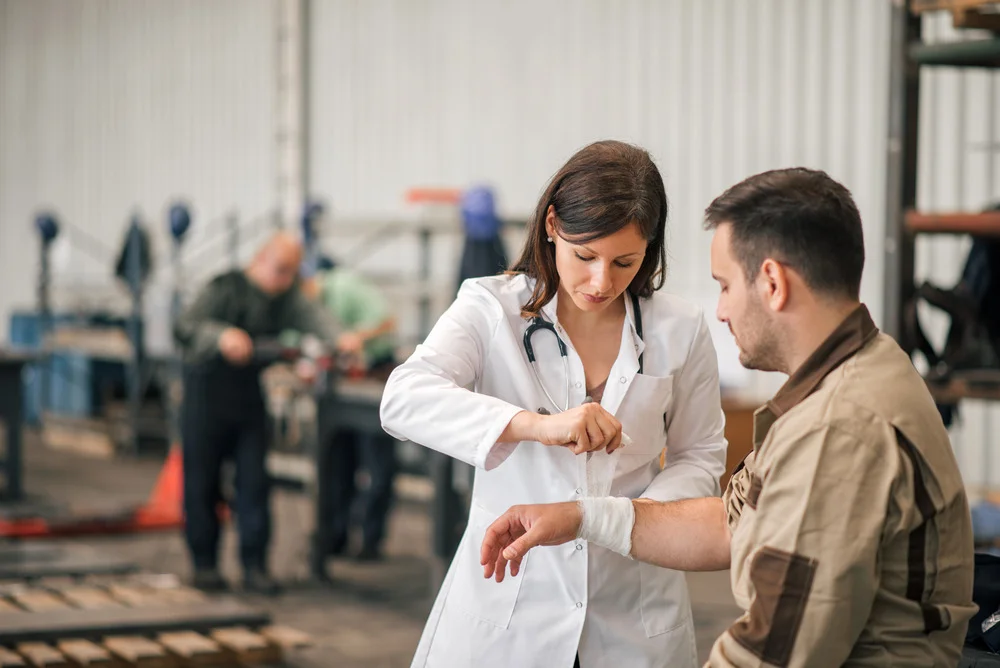
Ear Impressions: Everything You Need to Know
As a healthcare professional, have you ever considered the impact that being able to take ear impressions could have on your practice? Whether you’re an

First aid is often associated with high-risk environments, but its importance extends far beyond. In this post, we explore why first aid training is crucial in seemingly low-risk settings like offices and shops. These environments, often perceived as safe, can still be the scenes of medical emergencies or accidents. From minor injuries to critical health situations, the unexpected can happen anywhere.
In examining the role of first aid in these everyday workspaces, we’ll highlight how preparedness is not just a regulatory necessity but a key aspect of a caring and responsible workplace culture. Join us as we shed light on the essential nature of first aid skills in creating a safer, more prepared workplace, regardless of the perceived risk level.
Low-risk environments, like offices and shops, are often perceived as safe due to their lack of high-risk factors such as hazardous machinery or dangerous heights. However, this perception can lead to misconceptions about the true nature of risks in these settings. While these areas might not face frequent severe accidents, they are not immune to emergencies like slips, falls, or health crises like heart attacks or stress-related issues.
A key oversight in low-risk workplaces is the level of emergency preparedness. Unlike their high-risk counterparts, these environments often lack detailed emergency response plans, mistakenly assuming a lower need. This can result in ineffective handling of incidents, turning minor emergencies into more serious situations.
Recognising that ‘low-risk’ does not equate to ‘no-risk’ is essential. Every workplace, regardless of perceived danger, should be prepared to handle emergencies efficiently, underscoring the need for first aid readiness in all work settings.

Despite being categorized as low-risk, workplaces like offices and shops are not exempt from injuries and health emergencies. Understanding what types of incidents are most likely to occur in these environments is key to effective first aid preparation.
This list is by no means exhaustive but highlights the variety of potential health emergencies that can occur in low-risk workplaces. Having staff trained in first aid ensures that these common incidents are handled promptly and effectively, minimising harm and promoting a safer work environment.

In low-risk environments such as offices and shops, first aid training plays a pivotal role in ensuring the safety and well-being of employees. Understanding this role is key to appreciating why such training is indispensable, even in settings where risks seem minimal.
The role of first aid training extends far beyond the act of administering medical assistance. It’s about creating an environment where safety is prioritised, and employees are equipped with the knowledge and skills to protect themselves and others. In low-risk workplaces, this training transforms the perception of safety, ensuring that preparedness is a key part of the daily routine.

Are you ready to take the next step in ensuring a safer, more prepared workplace? Healthcare Professional Institute’s Level 3 Emergency First Aid at Work Course is specifically designed for low-risk environments, offering comprehensive training tailored to the needs of offices and shops. Empower your team with the knowledge and skills to handle first aid situations confidently. Visit our course page to learn more and enrol your team today!

As a healthcare professional, have you ever considered the impact that being able to take ear impressions could have on your practice? Whether you’re an

We are excited to announce a significant change at the Healthcare Professional Institute (HCPI). Formerly known as Meduc8ion, we have changed our name to better